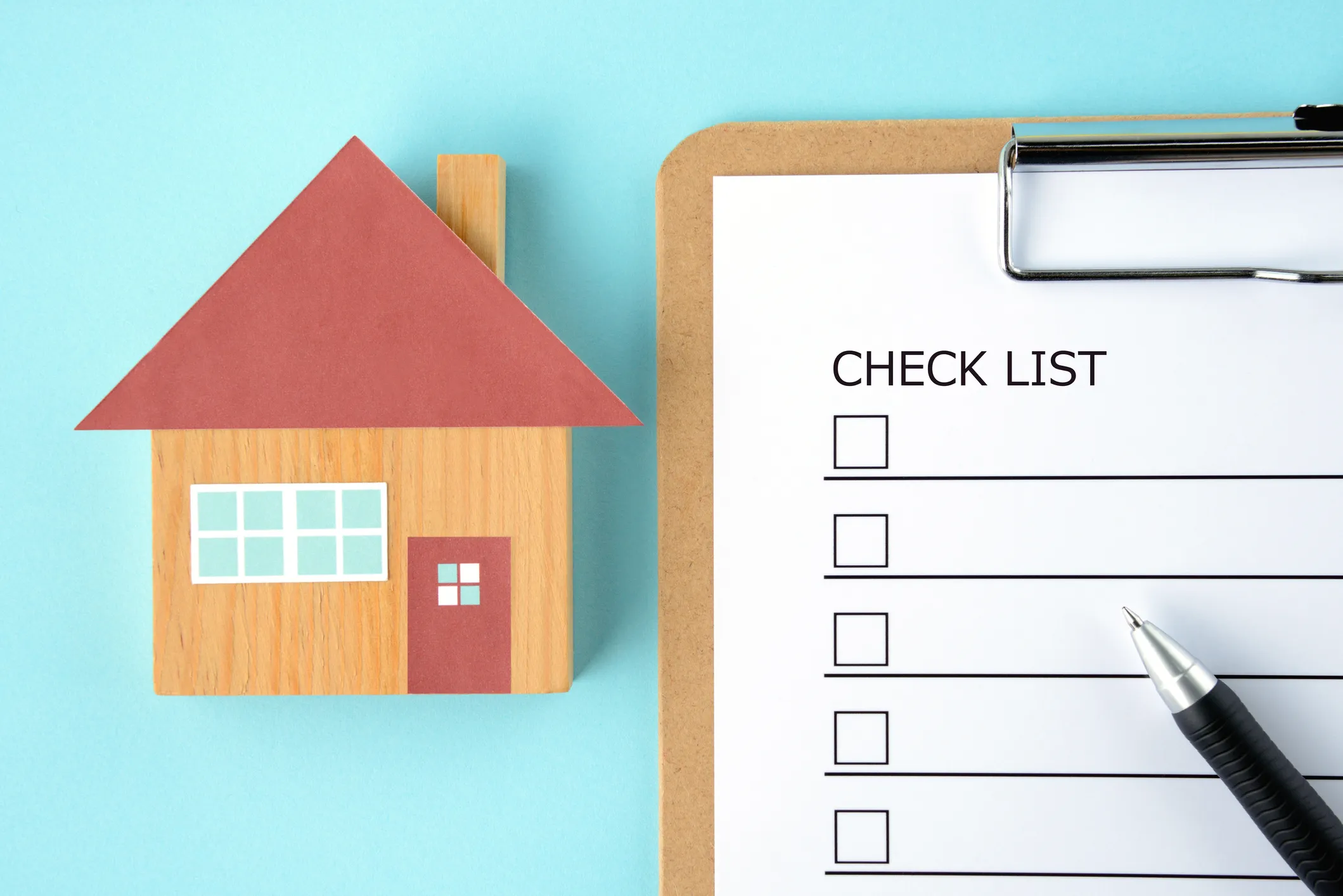Year-End HVAC Maintenance List
Now that the air gets colder, you know it’s time to prepare your home for the cooler months ahead. Your heating system is key to maintaining a cozy, warm atmosphere. A well-maintained furnace provides the comfort you crave while using a smaller amount of energy. Regular inspections also make your system less likely to break down and help extend its life span. These are just a couple of examples of how annual HVAC maintenance can save you time, money and stress. Here’s what should be on your checklist before winter arrives.
Set Up HVAC Maintenance
To keep your home heating system in peak condition, consider arranging furnace maintenance annually. The best time for this is in the fall before contractors become flooded with calls during the busy winter months. But, if you miss that window on the calendar, it’s still advantageous to schedule furnace maintenance no matter what the season.
Your heating and cooling professional’s HVAC maintenance to-do list should include the following:
- Check the thermostat settings: Everyone wants an efficient HVAC system, and this includes your thermostat. During a maintenance check, the specialist ensures your thermostat is reading the temperature precisely and engaging your furnace at the proper times.
- Tighten the electrical connections: Ensuring that all electrical connections are working correctly is vital. Loose wires can lead to a higher electricity draw, potentially decreasing the life of your system’s components and resulting in a safety hazard.
- Measure the motor voltage and current: This step allows a contractor to decide if the motor is working within the recommended parameters, helping to prevent motor failure and unnecessary energy consumption.
- Lubricate moving elements: Friction is the enemy of energy efficiency. Your repair person lubricates all moving parts to lower resistance, reduce wear and tear, and cut down on your energy bills.
- Examine the condensate drain: AC units, condensing furnaces and whole-house humidifiers send condensate down a drain as they work. This line must be clear of obstructions to prevent water accumulation and potential property damage. Examining the drain offers peace of mind that your utility closet won’t be damaged.
- Test the system controls: This involves verifying the furnace starts, runs and powers off according to the manufacturer’s specifications, ensuring safety and dependability.
- Inspect the ignition burner assembly: This feature is responsible for igniting the burner. A technician inspects the assembly to confirm it’s clean and operating properly.
- Study the heat exchanger: The heat exchanger transfers warmth from the fuel to your indoor air. A crack could release carbon monoxide into your residence, so thorough examination is an important step on the HVAC maintenance visit.
- Clean the burners: In the long run, burners can collect dust and debris that reduces performance. A comprehensive cleaning makes sure they operate efficiently and safely.
- Look for gas leaks: Checking for leaks is crucial with gas heating systems. A leak can be deadly and should be addressed ASAP.
- Evaluate the gas pressure: Ideal gas pressure is essential for optimal furnace function. Pressure that’s too low or too high can affect system efficiency and home comfort.
DIY HVAC Maintenance
Here’s how to keep your heating system operating efficiently between professional HVAC maintenance visits:
- Change your air filter: A clogged filter can strain your furnace. Inspect the filter every 30 days and exchange it when it appears dirty to increase efficiency and extend your system’s life span.
- Look at your thermostat settings: The Department of Energy (DOE) recommends setting your thermostat between 68 and 70 degrees when you’re in your residence and awake in the winter. Then, set the temperature back 7 to 10 degrees while you’re gone or after you go to bed at night to save up to 10% on your heating spending.
- Clean the air registers: Dust accumulation can reduce airflow, so vacuum the grilles regularly to promote good air quality. Next, make sure furniture, rugs and curtains don’t block your return or supply vents to ensure proper system balance.
- Reverse the ceiling fan: Set your ceiling fans to spin clockwise during the colder months to force warm air down from the ceiling to where you will enjoy it.
- Seal drafts: Inspect your home for leaky windows and doors. If you sense drafts, seal them with caulk and weatherstripping to keep the cold at bay and minimize your furnace’s workload.
- Evaluate your attic insulation level: An attic without enough insulation leads to heat loss. Add insulation wherever it is needed to keep heat indoors and lower your energy expenses.
Call Winnipeg Supply Service Experts for HVAC Maintenance in Winnipeg
Winnipeg Supply Service Experts is happy to meet all your home HVAC needs. We give you peace of mind with our extensive HVAC inspections, fast solutions and a 100% satisfaction guarantee. Our certified technicians are known for the way they go above and beyond. You can rely on Winnipeg Supply Service Experts to make a meaningful difference in your comfort and residential relaxation this winter with furnace maintenance in Winnipeg Supply Service Experts. Call 204-988-4575 today for help preparing your residence for the cold in Winnipeg.

